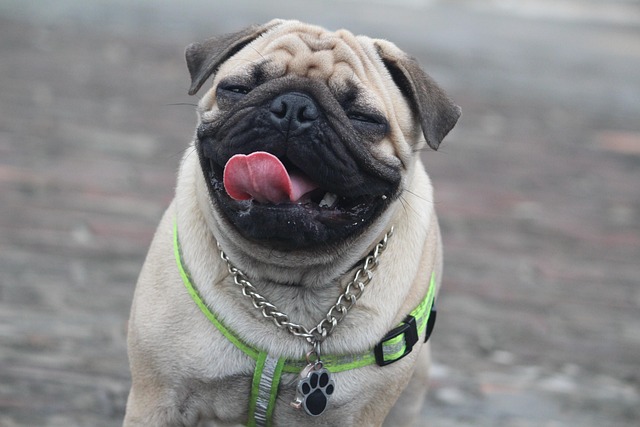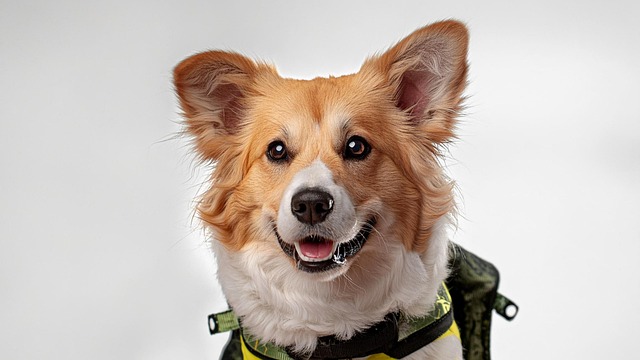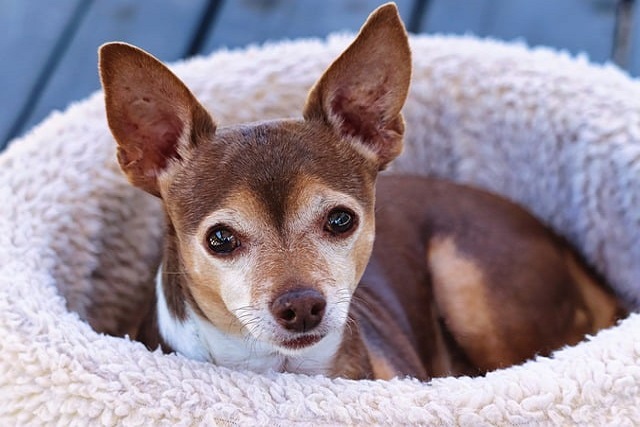Picture your Golden Retriever sitting politely at your kitchen counter without ever setting foot in a training facility—entirely possible. Home training isn’t just convenient; it’s a powerful way to build trust. Let’s dive into science-backed techniques with real-life examples, proving your living room can be the perfect training ground.
Start with foundational commands like Sit, Stay, and Come. Use a treat to guide your pup’s nose upward—their bottom will hit the floor naturally. My rescue mix mastered "Sit" in four days using this method. "Consistency over complexity works every time," my vet says.
Positive reinforcement is the cornerstone of home training. When my Labradoodle stopped jumping on guests, I immediately gave him a freeze-dried liver treat. Studies show dogs trained with rewards learn commands 40% faster than those scolded. No need for fancy tools—just timing and praise.
Crate training at home creates a secure den. Line the crate with a heated pad and their favorite plush toy. My anxious Shiba Inu, who once shredded curtains, now naps voluntarily in his crate. "Make it their happy place," a behaviorist advised—now he runs to it during thunderstorms.
House training relies on rigid routines. Take your pup outside every 90 minutes, praise wildly when they go potty. My Poodle needed two weeks of this; now she paws the door when ready. Pro tip: reward with a specific phrase like "Good potty!" to speed up learning.

Leash manners start in small spaces. Walk laps around your dining table, rewarding loose leash behavior. My Border Collie, who used to drag me on walks, learned "Heel" indoors first. "Indoor training builds confidence for outdoor distractions," a trainer explained.
Mental stimulation games are essential at home. Hide kibble in a muffin tin or use a Kong filled with peanut butter. My Aussie mix, who once chewed furniture from boredom, now spends 20 minutes solving puzzle toys—calmer and happier.
Address jumping by ignoring the behavior. When guests arrive, ask them to turn away until your dog settles. My once-rowdy Labrador now sits politely for pets. "Attention is a reward—withhold it until they behave," a vet trainer says.
Socialize safely at home with controlled visits. Invite one friend over weekly, instructing them to toss treats when your dog stays calm. My shelter mutt, initially fearful of strangers, now wags at new people. "Slow exposure beats overwhelming experiences," a behaviorist notes.
Use everyday items as training aids. A broom handle becomes a "target" for your dog to nose, a bath mat serves as a "place" command. My Shepherd learned "Off" the couch by being rewarded on his mat—no need for expensive equipment.
Beware of unintentional reinforcement. I once laughed when my Beagle stole a sock, reinforcing the behavior. Now I redirect to a chew toy instead. "Dogs remember what gets a reaction," my trainer warned.
Know your local training regulations. In Germany, electronic collars are restricted; in California, punishment-based methods are frowned upon. Home training with positive reinforcement keeps you compliant with animal welfare laws.
Online resources enhance home training. Watch videos from CCPDT-certified trainers (like Zak George) and practice together. My neighbor’s German Shepherd learned "Down" via YouTube—then perfected it in their backyard.
Home training deepens the human-canine bond. For my pack, training sessions became moments of connection. My once-wild puppy now looks to me for guidance, not out of fear. With patience and consistency, your home is the ideal classroom for a well-mannered companion.






